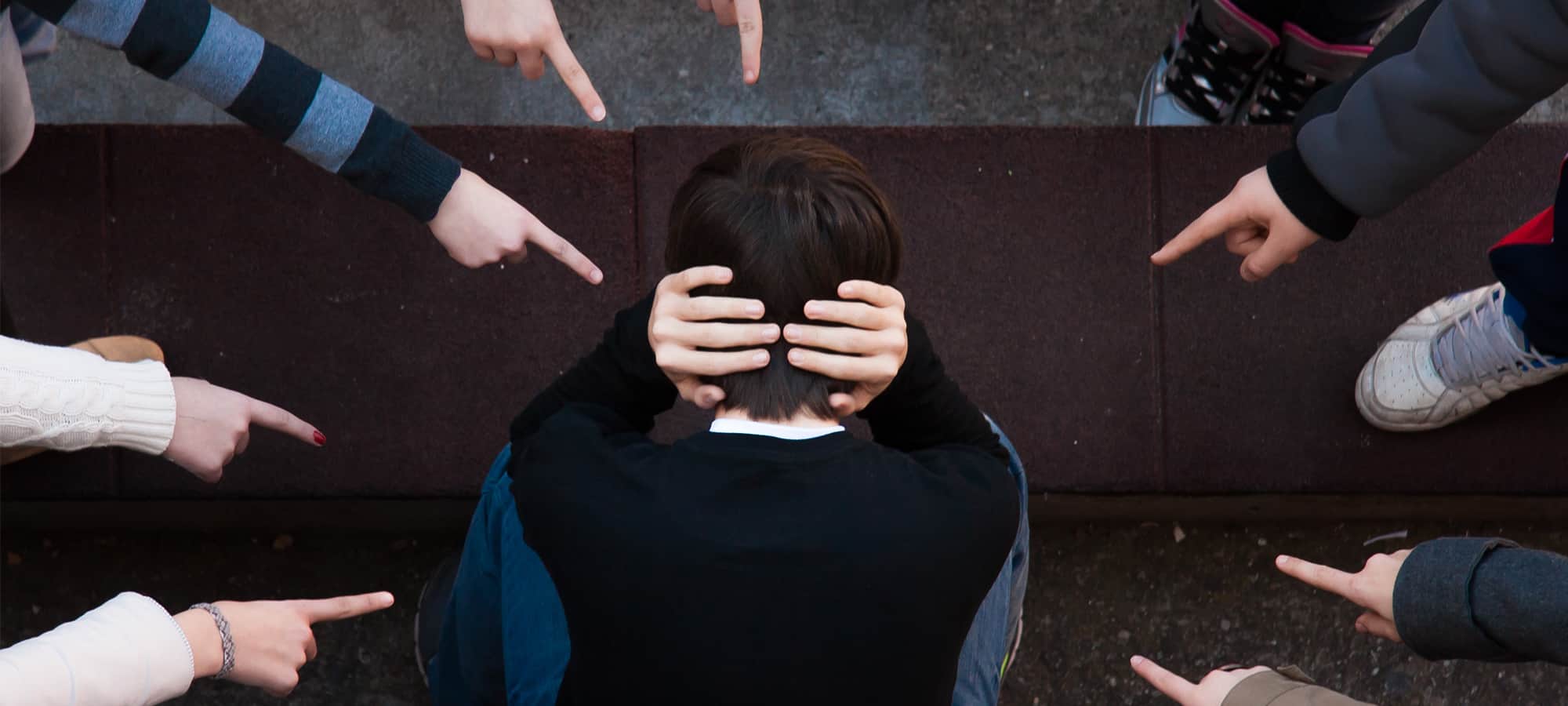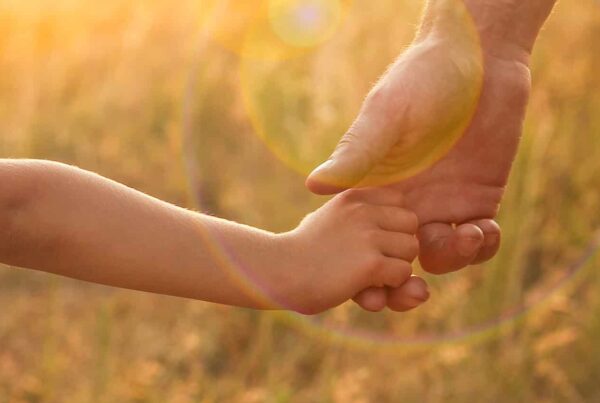The Problem
It is clear from world-wide statistics that bullying in schools and online is an ongoing issue.
In general bullying can take many forms including:
- Physical bullying: restraining, hitting, punching, kicking or harming with a weapon.
- Verbal bullying: name calling ethnicity, sexual orientation, physical attributes, religion, disability, teasing, threats.
- Social bullying: ignoring, excluding from a group.
- Psychological bullying: spreading rumours, hiding or damaging property, cruel phone calls, embarrassing photos online, hurtful text messages or emails.
However, it is difficult to determine the rate of bullying as studies have suggested that up to 64 percent of bullied children do not report it (i).
So, what can parents, carers and teachers do?
Getting Help
Bullying can result in many harmful outcomes including physical harm, emotional turmoil, social isolation and mental health issues. In fact severe bullying can even result in death. This is why it is crucial to support children who are the victim of bullying to ensure the bullying stops and they get the help they need to recover.
Depending on the severity of the bullying, responses include reporting the bullying to the school, seeking legal advice or reporting it to the police. Support could include providing opportunities for the child to speak with trusted friends, family or professionals like a school counsellor or other mental health professionals. Additionally, according to the authors of a bulletin for the World Health Organization, bullying is a major health problem that requires the efforts of families, communities, schools, policymakers, and health-care providers (ii).
Recognise the Signs
Given that we know that many children do not report bullying – especially if it is non-physical – parents, teachers and carers need to have open conversations with children and learn to read the signs.
Signs a child might be being bullied include:
- A marked change in personality;
- Withdrawing – not wanting to socialise;
- School avoidance or refusal;
- Loss of motivation;
- Increased sickness – head aches and stomach aches;
- Emotional outbursts; and
- Poor sleep and nightmares.
While it is important to be able to recognise the signs that a child might be being bullied and to help them, perhaps there is something that can be done to help bully-proof children.
Protective Factors that Help to Prevent Bullying
When we look at the research, it is clear that certain personal characteristics and skills help to protect children from bullying. Overall, children are less likely to be bullied if they develop life skills including:
- Emotional regulation: managing anxiety, depression and withdrawal
- Social skills: to nurture friendships and manage conflict
- Resilience and problem-solving skills: looking for solutions and having a growth mindset
- Successful academic achievement
Each of these characteristics, skills and processes can serve to protect children from being the victim of bullying. This is where teachers, coaches and parents can take a pro-active approach to protecting children from being bullied by intentionally supporting children to develop these beneficial life skills. We also know from the research that certain parenting approaches can have a positive or negative impact.
The Impact of Parenting Approach on Bullying
A study by Lereya at al (2013) (iii) reviewed the research on the relationship between how parents interact with their children and the risk of those children becoming a victim of bullying or a bully. They looked at research studies between 1970 and 2012 which resulted in a sample of 208,000 children aged 4 – 25 years to explore the outcomes.
The researchers found that children are more likely to bully or be the victim of bullying if parents:
- are harsh;
- role model anti-social behaviour;
- have low levels of communication with their children; and
- provide minimal supervision of their children.
In contrast, children are less likely to bully or be the victim of bullying if parents:
- encourage open communication between parents and children;
- nurture a warm and affectionate relationship with their children;
- are interested, supportive and are involved in their children’s lives, and
- supervise their children.
Strategies for Bully-Proofing
The Youth Voice Project surveyed 11,893 students from grades 5 – 12 to uncover children’s perspectives on the most effective and least helpful strategies to support them through bullying (iv).
Here are the most helpful strategies for encouraging children to open up to someone:
- An adult at home (parent, guardian, grandparent);
- A sympathetic friend;
- An adult at school (teacher, counsellor, principal).
Overall, what children said they wanted was for adults to listen, offer ideas and to check in later to see if the bullying has stopped.
While every case of bullying is different (so there are no simple solutions), somewhat helpful strategies in some cases are:
- Increased adult supervision for a time;
- Meeting with, punishing or talking to the child(ren) who were bullying;
- Talk with the whole class about bullying behaviour.
Children in this study also said the least helpful and ineffective strategies included saying to a child:
- Pretend it doesn’t bother you;
- Tell the person how you feel;
- Tell the person to stop;
- Do nothing, walk away;
- Solve the problem yourself; Stop “tattling”;
- Make plans to get back at them / hit or fight the bully;
- Remind yourself it’s not your fault.
Self-Defence
So are martial arts or self-defence classes helpful in overcome bullying? Reviews of the research on the benefits of martial arts training show the findings are mixed. Some studies report that the training can reduce aggression, anger and violence in youth and support self-control, emotional stability and self-esteem. However, a recent review by Kooi(v) cautions that the outcome or impact of martial arts practice depends on the coach and his/her teaching style.
Powerful Strategies
When it comes to overcoming the psychological impact of bullying, it is a child’s mental self-defence and mental wellbeing that are their most powerful strategies to becoming bully-proof. You can learn more about this in Sue Anderson’s book Unbullyable. Another resource is my Personal Power Life Skills Home Activity Book, which contains twelve life skills activities to help your child to develop healthy self-esteem, to be resilient and better manage their emotions, thoughts and behaviours – to support their wellbeing and help them to be bully-proof!
As parents, teachers and carers, we can’t shield children from all the challenges they may face in life – but we can help them to develop the knowledge and skills they need to overcome difficulties and succeed in life.
(i) Petrosino, A., Guckenburg, S., DeVoe, J., and Hanson, T. (2010). What characteristics of bullying, bullying victims, and schools are associated with increased reporting of bullying to school officials? (Issues & Answers Report, REL 2010–No. 092). ii Srabstein and Leventhal, Bulletin of the World Health Organization 2010 ;88:403-403. doi: 10.2471/BLT.10.077123 iii Lereya, Muntha and Wolke (2013) Parenting Behaviour and the risk of becoming a victim and a bully/victim: A meta-analysis study. iv Youth Voice Project: student’s perceptions about strategy effectiveness to reduce peer mistreatment. http://njbullying.org/documents/YVPMarch2010.pdf v Kooi, M. (2020) Developmental outcomes and meanings in martial arts practice among youth: a review




